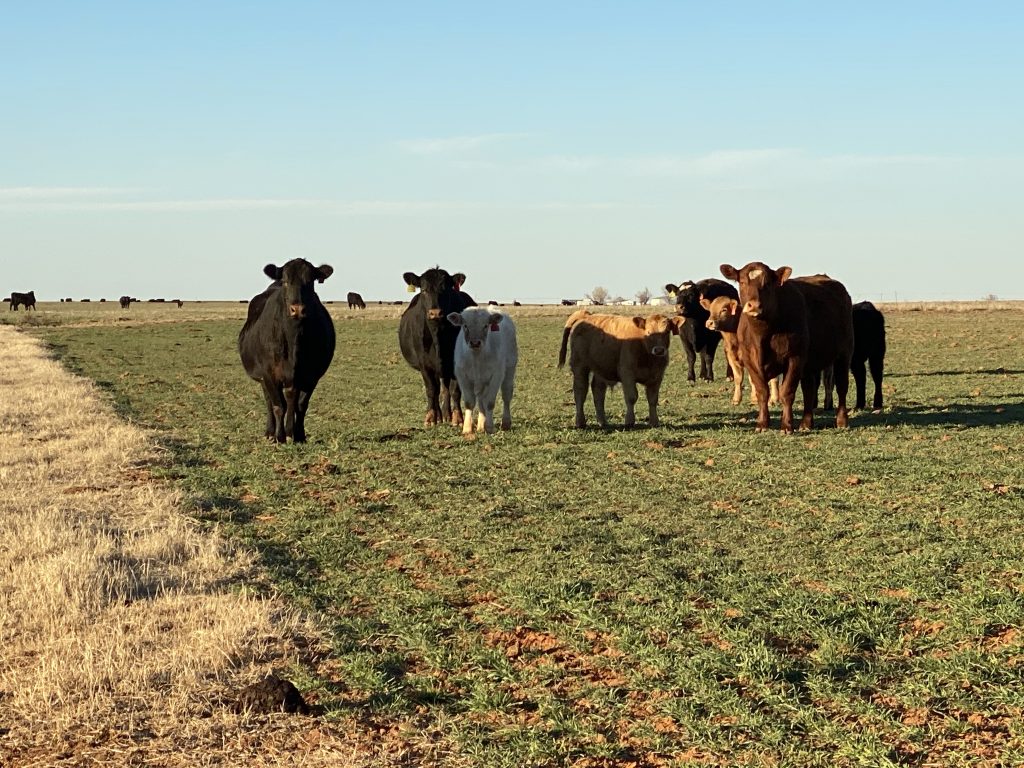
The USDA’s initial 2025 Farm Income Forecast, released this month, projects a decline in cattle cash receipts, but a recent development could lead to an adjustment later this year. According to Chief Economist Seth Meyer, the forecast anticipates “the first decline in cattle and calves in this forecast in the last several years, as we’ve seen some record high cattle and calf prices.” This projected decline is currently estimated at 3%.
However, this figure comes with a significant caveat. As Meyer explains, “This is before we opened up live animal trade again with Mexico over new world screw worms. Or there may be a little adjustment as we go forward in terms of bringing in feeders, adding value to them, and selling them. There may be a little bit of a change in that.”
The reopening of live animal trade with Mexico, following a closure due to concerns over New World screwworms, could significantly impact the final cash receipt numbers. The Animal and Plant Health Inspection Service (APHIS) announced the resumption of cattle and bison imports from Mexico in early February. This resumption is contingent upon the establishment of a comprehensive pre-clearance inspection and treatment protocol agreed upon by both the U.S. and Mexico.
The potential influx of feeder cattle from Mexico could alter the landscape of the U.S. cattle market. These imported animals could be raised and sold within the U.S., adding value and potentially increasing overall cash receipts. Rod Bain, reporting for the USDA in Washington D.C., notes that the APHIS announcement “applies to cattle and bison imports from Mexico with resumption scheduled within the next several days once both nations institute a comprehensive pre-clearance inspection and treatment protocol.”
While the initial forecast suggests a decline in cattle revenue, the reopening of trade with Mexico introduces a variable that could shift the final figures. The USDA may revise its projections later in the year to reflect the actual impact of this renewed trade relationship.

















